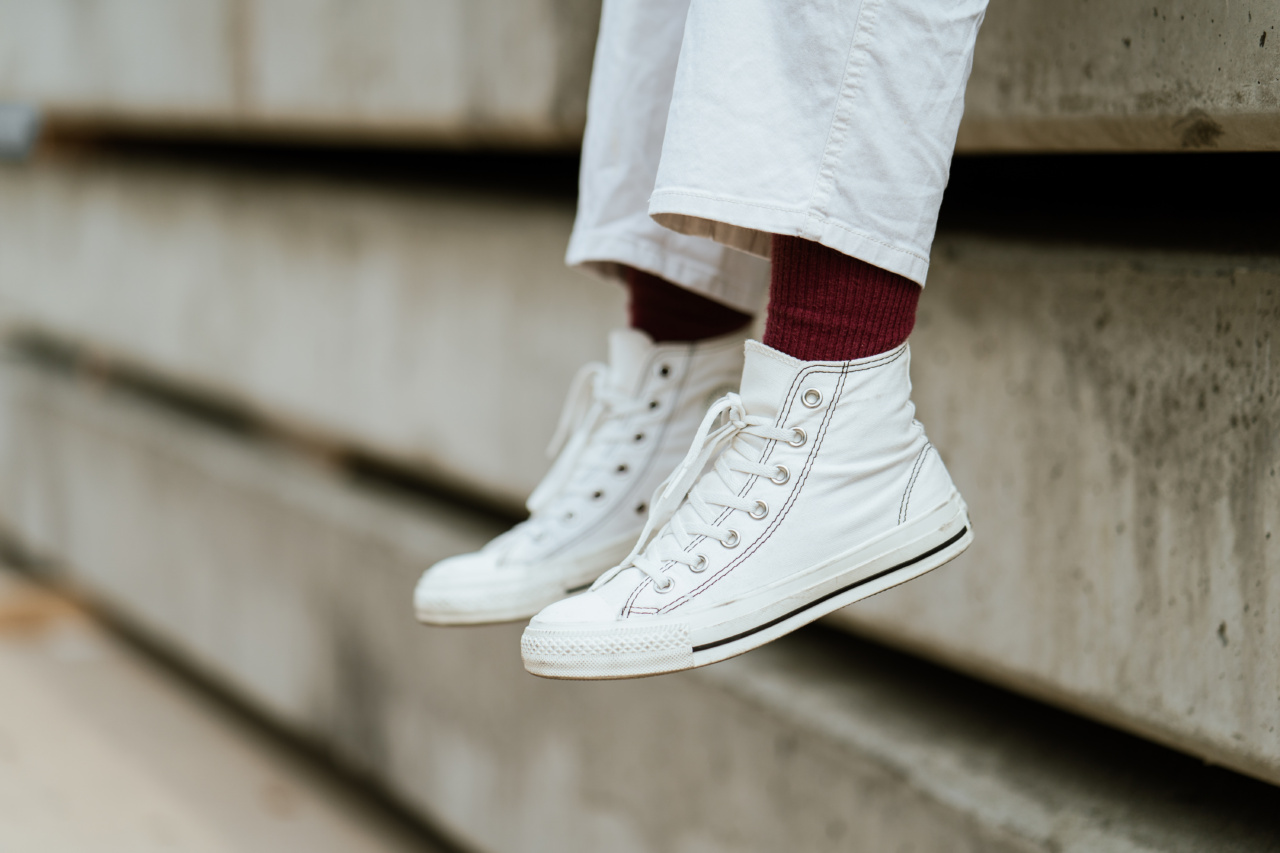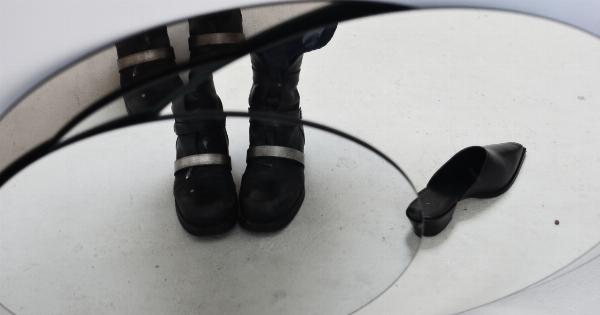We often prioritize comfort above all else, especially when it comes to our feet. After all, we spend the majority of our day on our feet and the last thing we want is to feel any discomfort or pain.
However, what if I told you that excessive comfortability can actually be harmful to your feet? It may sound contradictory, but it’s true. Although it’s essential to provide support and cushioning for our feet, there is such a thing as being too comfortable.
The Downside of Excessive Comfort
While it may seem harmless to prioritize comfort when it comes to choosing footwear, it can actually lead to a variety of foot problems in the long run. Here are some of the harmful effects of excessive comfortability:.
1. Lack of Support
Too much comfort can often mean inadequate support for your feet. Shoes that are excessively cushioned may feel great initially, but they can contribute to foot instability and poor alignment.
Your feet need proper support to maintain their natural arches and function optimally. Without it, you may experience foot pain, arch collapse, and even conditions like plantar fasciitis.
2. Restricted Movement
Comfortable shoes often provide a snug fit, which may restrict the natural movement of your feet. While it may feel cozy at first, over time, this restriction can weaken the muscles and tendons in your feet.
Additionally, limited movement can impede blood circulation, leading to numbness, tingling, and even foot swelling.
3. Lack of Stability
Excessively comfortable shoes may lack the necessary stability to prevent foot and ankle injuries. When your feet are not properly supported, the risk of rolling your ankle or twisting your foot increases.
Stability is crucial to maintaining proper balance and preventing falls or sprains.
4. Increased Risk of Blisters and Calluses
In an effort to provide maximum comfort, some shoes are designed with excessive padding and tightness. While this may seem appealing, it can lead to an increased risk of blisters and calluses.
The constant rubbing and pressure on certain areas of your feet can cause painful and unsightly skin conditions that require treatment and can be quite uncomfortable.
5. Poor Posture
Unsupportive shoes can affect not only your feet but also your overall posture. When your feet don’t have the necessary support, it can lead to misalignment in other parts of your body, including your ankles, knees, hips, and spine.
This misalignment can result in poor posture, back pain, and other musculoskeletal issues.
6. Weakened Foot Muscles
Excessive comfort can result in weakened foot muscles since your feet aren’t required to work as hard to support your body weight.
When your muscles become weak, they are unable to maintain proper foot arches, leading to flat feet and various foot conditions. Strengthening your foot muscles is essential for maintaining foot health.
7. Negative Impact on Shoe Fit
Comfortable shoes are often chosen based on how they feel in the store, rather than how they fit properly. If your shoes are too cozy, they may not provide enough room for your feet to breathe and move comfortably.
This can lead to issues like ingrown toenails, bunions, and even toenail fungus.
8. Compromised Foot Function
When your feet receive too much comfort and cushioning, they become reliant on it. This can compromise their natural function and the ability to adapt to different surfaces.
Over time, this can hinder your foot’s proprioception, making it more difficult for your feet to sense the ground and adjust accordingly. This loss of proprioception increases the risk of falls and other injuries.
9. Delayed Foot Problem Identification
If you constantly prioritize comfort over foot health, it may be challenging to identify early signs of foot problems. When your feet are cushioned and protected too much, you may not notice discomfort or pain until the condition has worsened.
Prompt identification and treatment of foot problems are crucial for preventing them from becoming chronic or debilitating.
10. Prevention is Key
Preventing the harmful effects of excessive comfortability is essential for maintaining good foot health. Here are some tips to help you strike a balance between comfort and foot care:.
a. Choose the Right Shoe
When shopping for shoes, prioritize a proper fit over immediate comfort. Look for shoes that provide adequate arch support, a cushioned sole, and a snug fit without being too tight.
Avoid excessively cushioned shoes or those without any support, as they can lead to foot problems in the long term.
b. Alternate Footwear
Avoid wearing the same shoes every day. Rotating between different pairs of shoes can help prevent excessive pressure on specific areas of your feet, reducing the risk of blisters, calluses, and foot pain.
Additionally, different shoes offer varying levels of support, allowing your feet to adapt and strengthen.
c. Gradual Transition
If you’re used to wearing highly cushioned shoes, transition gradually to footwear with less padding. This will allow your feet and muscles to adapt to the change and develop strength.
A sudden transition from maximum comfort to minimal support can shock your feet and increase the risk of foot problems.
d. Incorporate Foot Exercises
Strengthening your foot muscles through exercises is essential for maintaining foot health. Incorporate exercises like toe curls, arch lifts, and ankle rotations into your daily routine.
These exercises can help improve foot stability, prevent overpronation, and enhance overall foot function.
e. Regular Foot Care
Pay attention to your feet and practice regular foot care. Keep your feet clean, moisturized, and inspect them regularly for any signs of foot problems.
Trim your toenails properly and avoid tight-fitting shoes or socks that can contribute to ingrown toenails or fungal infections.
f. Seek Professional Advice
If you’re unsure about your foot health or experiencing any discomfort or pain, consult a podiatrist. They can evaluate your feet, identify any potential problems, and provide appropriate treatment or recommendations.
Professional advice can help prevent any foot issues from worsening or becoming chronic.
Remember, it’s essential to strike a balance between comfort and foot health. While comfortable shoes are important, excessive comfortability can be harmful to your feet in the long run.
By being mindful of the potential risks and taking proactive measures, you can ensure the well-being of your feet and prevent future foot problems.



























